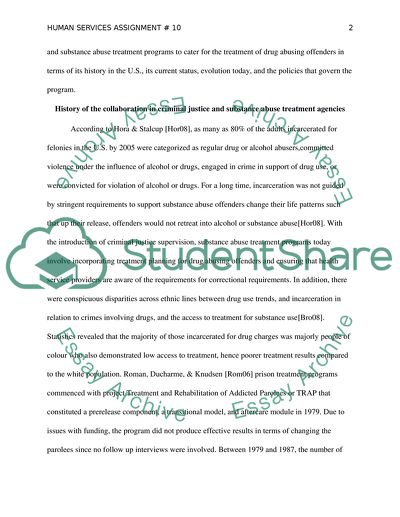Cite this document
(“Assessment of the Role of Human Service Professionals within Substance Essay”, n.d.)
Retrieved from https://studentshare.org/sociology/1674674-human-service-assign10
Retrieved from https://studentshare.org/sociology/1674674-human-service-assign10
(Assessment of the Role of Human Service Professionals Within Substance Essay)
https://studentshare.org/sociology/1674674-human-service-assign10.
https://studentshare.org/sociology/1674674-human-service-assign10.
“Assessment of the Role of Human Service Professionals Within Substance Essay”, n.d. https://studentshare.org/sociology/1674674-human-service-assign10.


